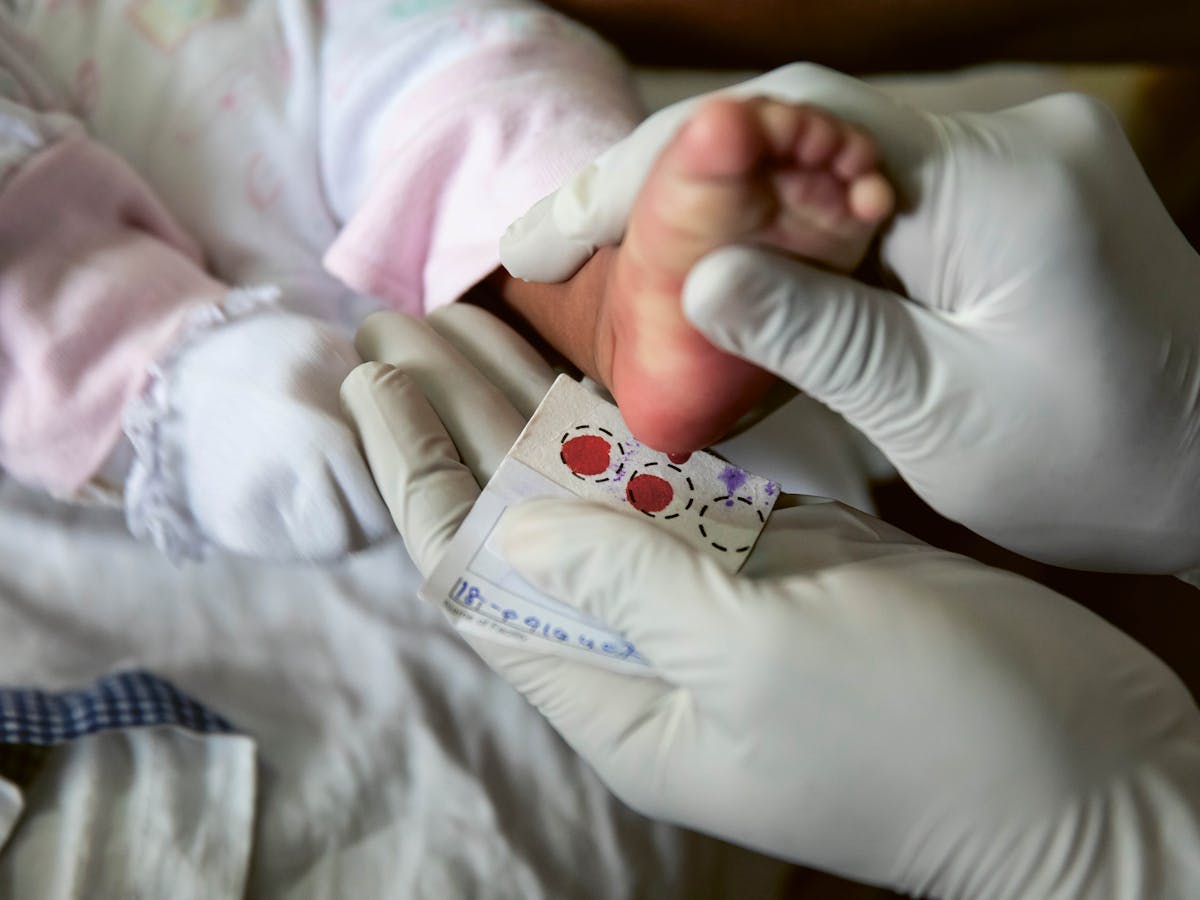
More than 15 000 children in Ghana are born with sickle cell disease every year.
 Table of contents
Table of contents Strong base
Strong base Five pillars
Five pillars Culture and trust
Culture and trustPublished on 08/06/2020
Jonathan Spector, who is leading the Global Health efforts at the Novartis Institutes for BioMedical Research (NIBR), could never have imagined that his short chit-chat with Jay Bradner four years ago would result in a healthcare program tackling one of the most crippling hereditary diseases in Africa.
Yet, this is what happened when, in mid-2016, Spector met Bradner, who had joined the company just a few months earlier from Harvard Medical School and the Dana-Farber Cancer Institute to lead the sprawling research universe of Novartis with its top-notch research pipeline, including several programs focusing on sickle cell disease.
Walking to their next meeting at NIBR’s headquarters in Cambridge, the two were discussing a rheumatic heart disease program in Zambia, when Bradner, who has won world renown as a hematologist, mentioned that sickle cell disease, a common genetic blood disorder, also constituted a major healthcare gap in Africa.
“That kick-started the process,” Spector said, when live magazine talked to him a few weeks before the Novartis Africa Sickle Cell Disease Program was due to start officially in Ghana in November 2019. “Serendipitously, there was a major congress on sickle cell disease taking place in Ghana a few months later. I traveled there to learn more about the condition and the associated healthcare challenges.”
Sickle cell disease affects millions of people worldwide and is believed to kill more than 100 000 people every year. Most of the patients are living in Africa. Although the condition is comparatively well understood – it is triggered by an abnormal protein that makes red blood cells shaped like sickles – there is no cure. Treatments have so far also been limited, especially in Africa, where even cost-effective generic drugs are often out of reach for patients.
“That trip to Ghana was a tremendous eye opener,” Spector recalled. “I am a pediatrician who has worked in global health for many years, but sickle cell disease was not on my radar, which I now understand to be a reflection of just how neglected it is. In Ghana, I began to learn about the disease, and I also discovered that others from Novartis before me had started to address the problem there. That network of trust our company had previously built up in Africa was a key enabler in helping to turn our ideas into reality.”













